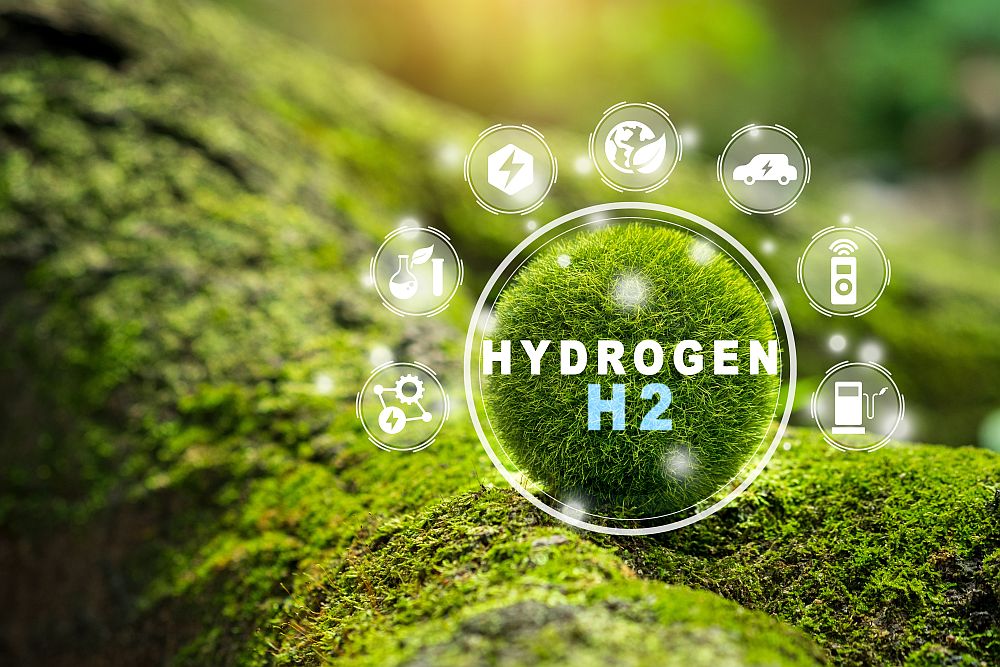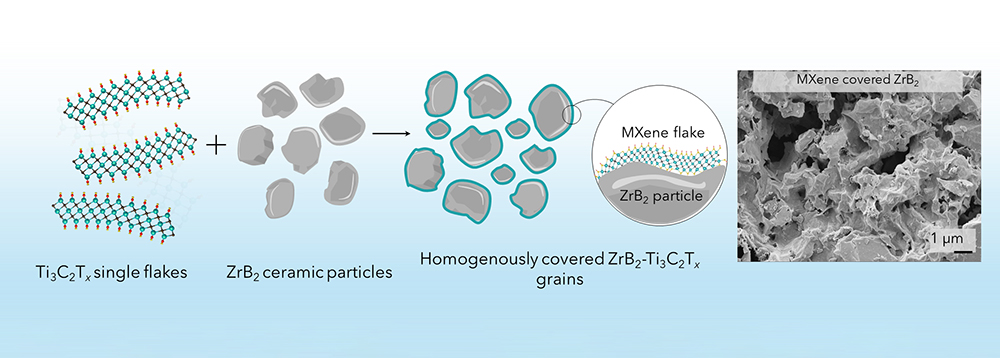I’m blogging now from ACerS’ Electronic Materials and Applications conference in Orlando, where it is a pleasant 70 degrees. Next week I shift over a few miles to Daytona Beach for the ACerS’ ICACC’10 conference.
Yesterday’s keynote speaker was John Blottman from the Naval Undersea Warfare Center. Blottman is a mechanical engineer who works on sensors and sonar systems development with the ONR’s Undersea Warfare Center. He is working with a diverse team of engineers and biologists in a Multi-University Research Initiative team that includes academic institutions, federal labs, DoD labs and private-sector support.
Blottman had some interesting concepts to share, not the least of which is that there is a big difference between biomimicry and bioinspiration. The former tries to duplicate nature; the latter uses insights from nature as a starting point to build upon.
While not a biologist, he became interested in the topic a few years ago when the Navy made the development of autonomous, independent systems a priority. Think sonar buoys that might never have to be repaired, refueled or moved by an external force.
He noted that when you look at animal species, you can break their activities down into several biomechanical and biosensory subcategories such as propulsion, energy gathering, self awareness (and self preservation), location sensing, texture sensing, communications with other animal life, and so on.
After looking at several species, Blottman and his colleagues became intrigued with jellyfish, an animal that has been around for millions of years that has relatively primitive but effective motor and sensory abilities, and has a remarkable talent to adapt itself to nearly every water environment. Intrigued may not fully convey how much Blottman and his group are into jellyfish – he was proudly sporting his cool jellyfish tie during the conference.
Using a variety of electronics, smart materials, polymers, piezos and other off-the-shelf materials, some prototype jellyfish-like propulsion contraptions have been successfully tested. While these are still relatively crude, they provide an important proof-of-concept that is providing encouragement for further work.
I hope to have a video of his lecture and a short interview with Blottman in the next few weeks.
CTT Categories
- Energy
- Material Innovations


